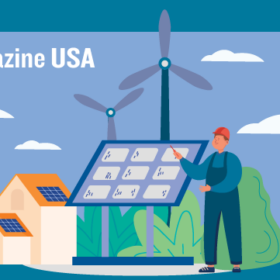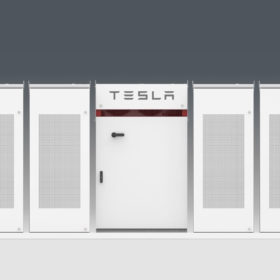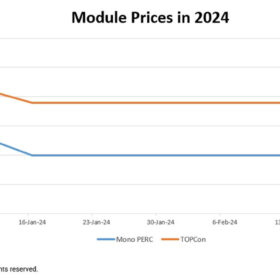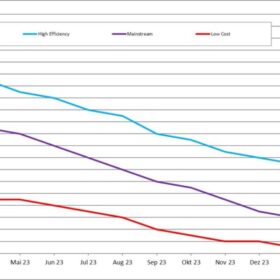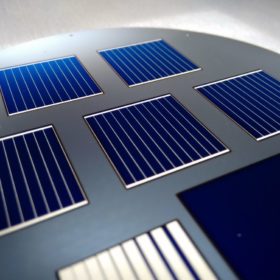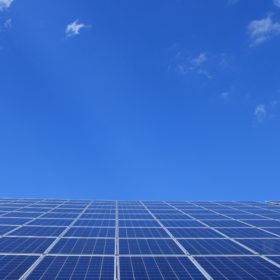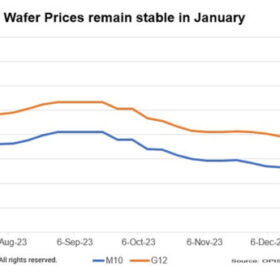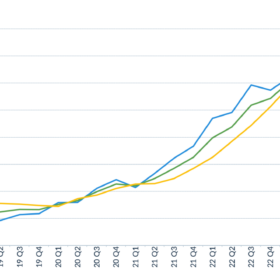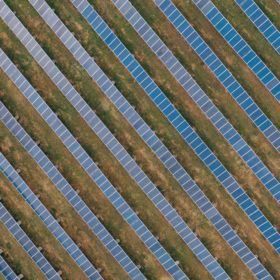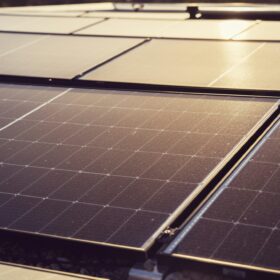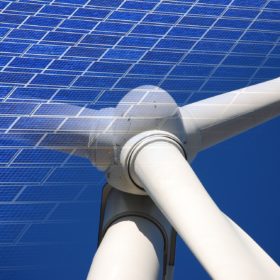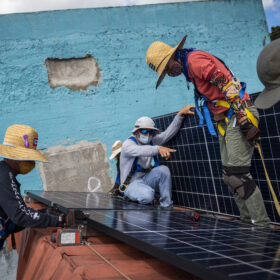Sunrise brief: How to boost U.S. solar rooftop installations
Also on the rise: Bloom Energy teams up with Shell to look at large-scale hydrogen projects. A look at the great transformer shortage affecting U.S. utilities. And more.
Battery prices collapsing, grid-tied energy storage expanding
From July 2023 through summer 2024, battery cell pricing is expected to plummet by over 60% (and potentially more) due to a surge in EV adoption and grid expansion in China and the U.S.
Sunrise brief: Massachusetts expands solar net metering, bucking a national trend
Also on the rise: Module prices steady as market mulls price hikes. Baltimore Gas and Electric installs battery storage system to manage winter peaks. And more.
Module prices steady as market mulls price hikes
In a new weekly update for pv magazine, OPIS, a Dow Jones company, provides a quick look at the main price trends in the global PV industry.
Hope at the end of solar supply turbulence
Growing demand for solar products is colliding with the hesitant shipment strategies of manufacturers, according to pvXchange’s Martin Schachinger.
Solar cell prices hold steady as market weighs feasibility of increasing prices
In a weekly update for pv magazine, OPIS, a Dow Jones company, provides a quick look at the main price trends in the global PV industry.
‘Sustainable’ module prices unlikely to fall further
PV manufacturing analysis is revealing that module prices can not “sustainably” fall significantly in 2024 without producers selling below cost. UK-based analysts Exawatt delivered the development last week, in a trend observed by Australian market participants.
Wafer prices stable ahead of Chinese New Year festivities
In a new weekly update for pv magazine, OPIS, a Dow Jones company, provides a quick look at the main price trends in the global PV industry.
Solar power purchase agreement prices rise 15% year-over-year
PPA pricing rose in some markets like California and declined in others, including Texas, said a report from LevelTen Energy.
Solar levelized cost of electricity is 29% lower than any fossil fuel alternative
A report from Ernst & Young shows that despite inflationary pressures, solar remains the cheapest source of new-build electricity.
